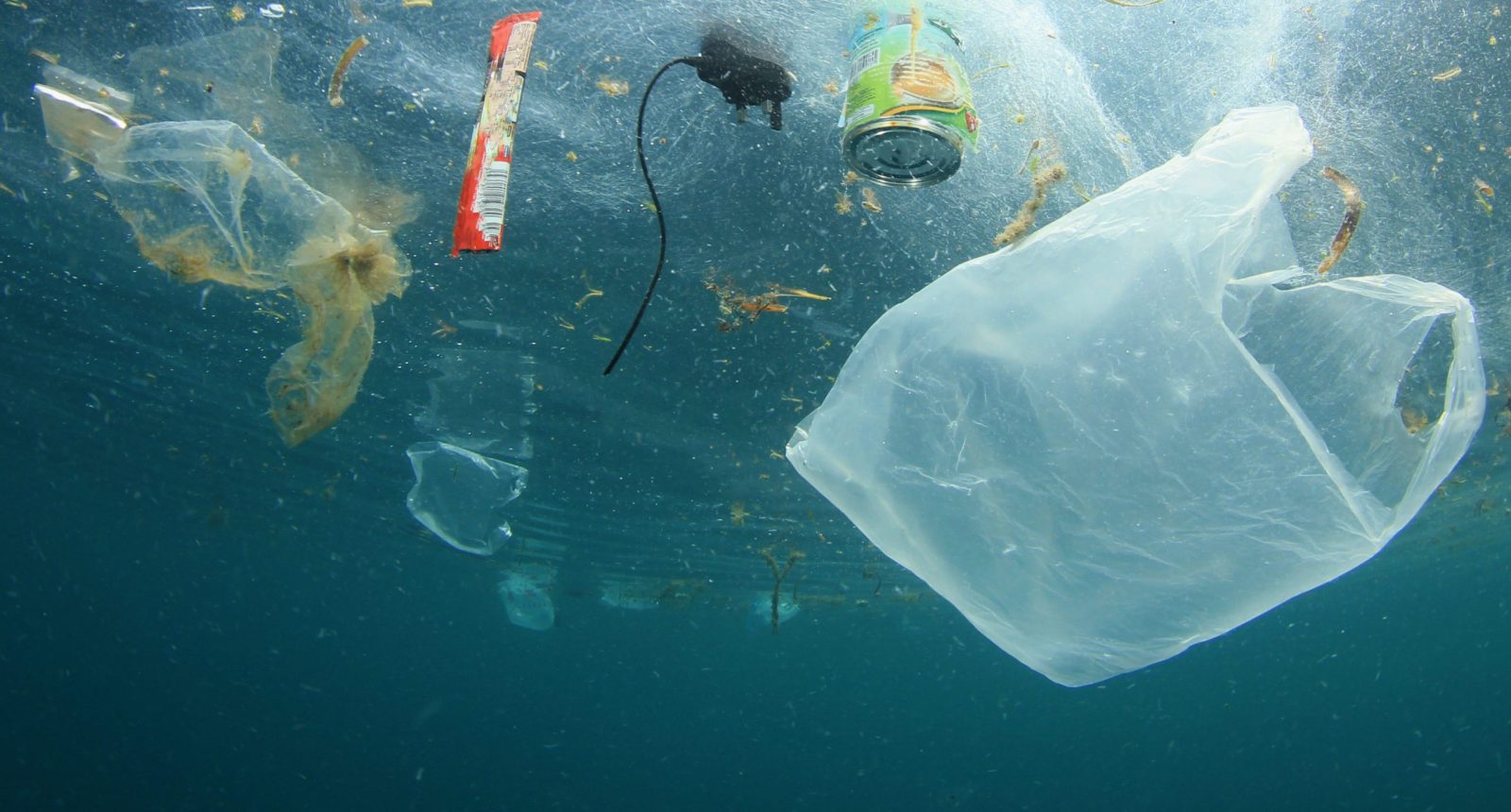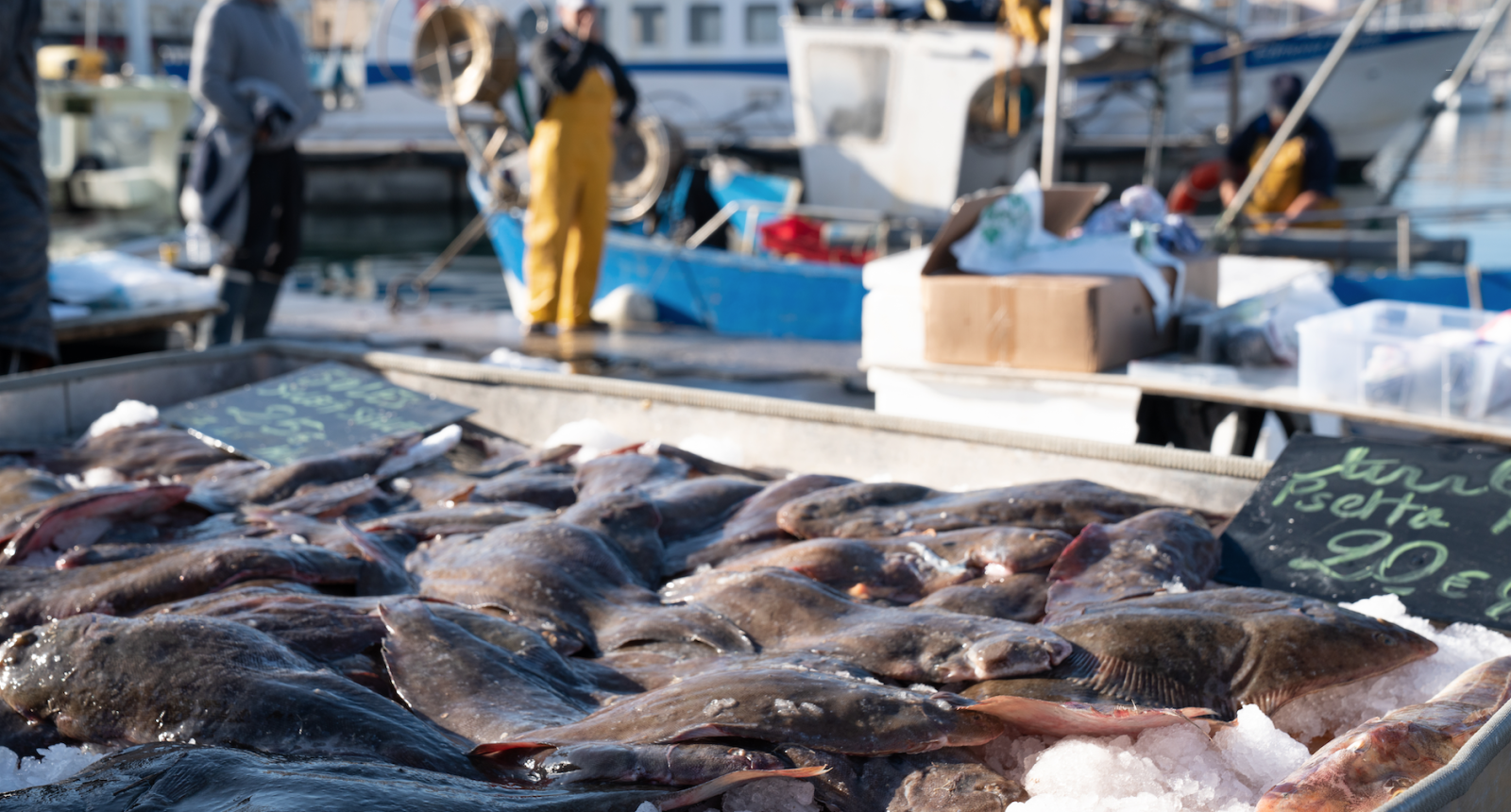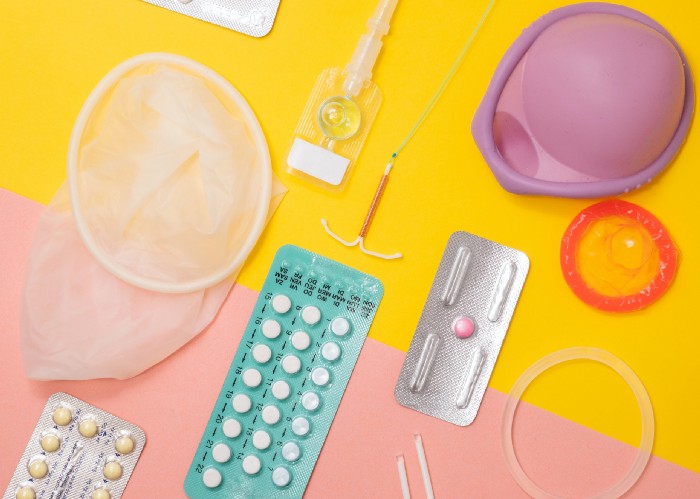
Happy Waste Reduction Week, Canada!
For those of you who aren’t familiar with it, Waste Reduction Week in Canada is a year-round program focussed on the principles of a circular economy, resource efficiency, and of course, waste reduction. The program’s primary purpose is to celebrate the nation’s environmental efforts while continuing to encourage innovative ideas and solutions.
Waste Reduction Week officially starts on the third Monday of October every year. This year it runs from October 15thto October 21st, with each day of the week featuring a different waste theme.
As I’m sure you can imagine by the title of today’s post, the theme for Thursday, October 18th is plastic.
To date, humans have generated over 8.3 billion tonnes of plastic around the world – only 23% of which is properly removed or recycled.
Those who have followed A&A and my journey for a while know that I am committed to ending the world’s plastic pollution crisis and finding solutions to move towards a circular economy and a world where single-use plastics do not exist.
One of the easiest solutions to plastic pollution that already exists is recycling. I know, it sounds easy enough and I’m sure that most of you reading this already recycle. But, did you know that in the city of Toronto alone, 26% of what gets put into the recycling actually isn’t recyclable at all? This isn’t necessarily an issue of people not knowing how to recycle, it’s simply a result of changing expectations and regulations that are making recycling more confusing than ever.
In today’s post, I wanted to talk about some of the most common mistakes when it comes to recycling and how to fix them.
Check your local Municipality website
In Canada, municipalities are in charge of waste disposal and the rules vary from each city. There is no national standard for recycling, so it’s important that you check in with your own municipalities recycling guidelines to make sure you know exactly what you can recycle curbside and what you can’t. Even if you’ve been recycling in your city for years, rules change and it’s good to check in every now and again to make sure you’re still putting everything in the right bins!
Here’s where to find out what you can recycle in the city of Toronto
Wash your recycling
I get it, when the peanut butter jar is empty you just want to throw it out. We’re busy people and no one wants to spend time washing their garbage before putting it out. Putting unwashed jars into a blue bin is the biggest recycling mistake that Canadians make; not only cost it increase the cost of processing, but it also risks contamination. One unrinsed jar of peanut butter in your blue bin could contaminate the entire contents of your recycling bin, sending it to the landfill instead. If you really don’t have time to rinse your jars before throwing them in the blue bin, put them in the dishwasher!
Separate those lids
Most glass bottles with metal lids cannot be recycled if the lids remain on the bottle when you put it in the blue bin. The bottle, made of glass, goes in the blue recycling bin, but most recycling plants are unable to recycle the metal lids because they can damage the facility’s machinery. Be sure to take those lids off of your glass bottles before tossing them in the recycling.
Ditch the straws
Luckily, we live in a time where it seems like the entire world is rebelling against straws. In my TEDx talk in February, I talked about the devastating impacts of one tiny straw and inspired many of you to make a change. The sad truth is that straws are not recyclable, so the second you’re finished with them they are destined for the landfill, so it’s best to skip them all together.
Read the packaging
Unfortunately, some of the plastic and paper that we think is recyclable actually isn’t various reasons. For example, black plastic like the kind seen on certain coffee lids or in takeaway sushi trays is actually not recyclable, though most of us assume it is and throw it in the blue bin. There isn’t much of a market for recovered black plastics and they can’t be sorted through optical sorting technology at recycling facilities, so manual sorting is the only option, which is expensive and not offered by all facilities.



